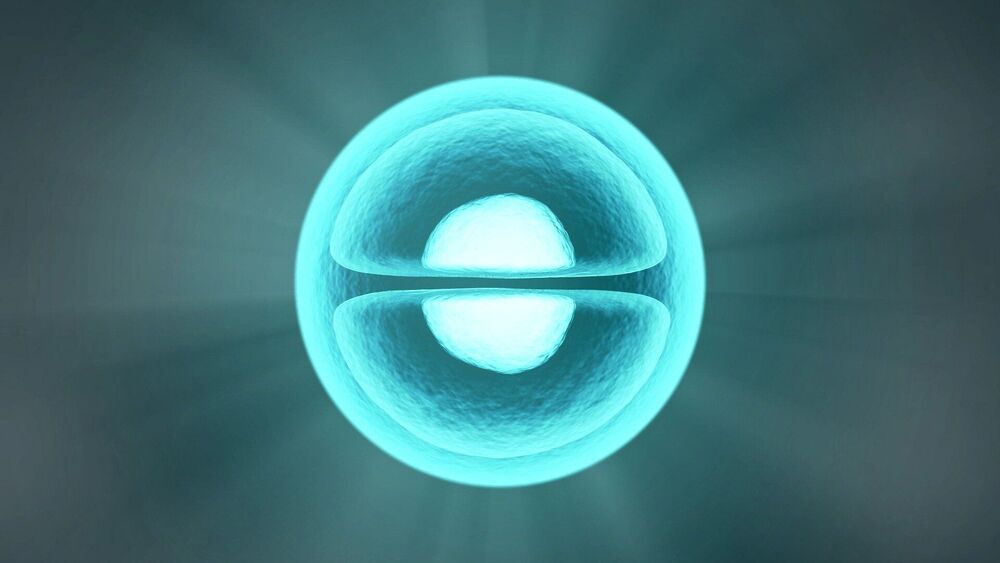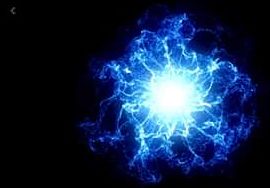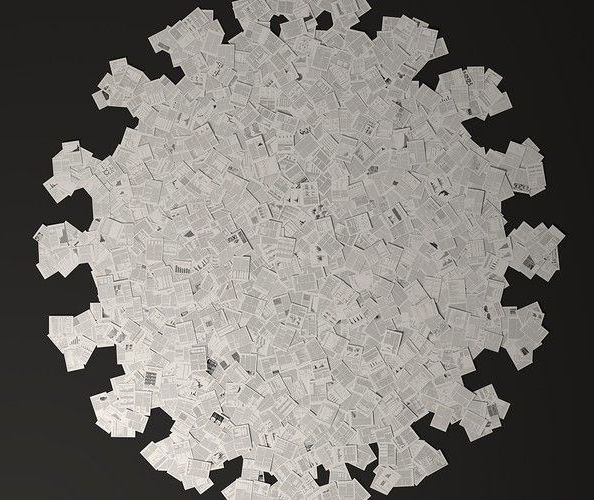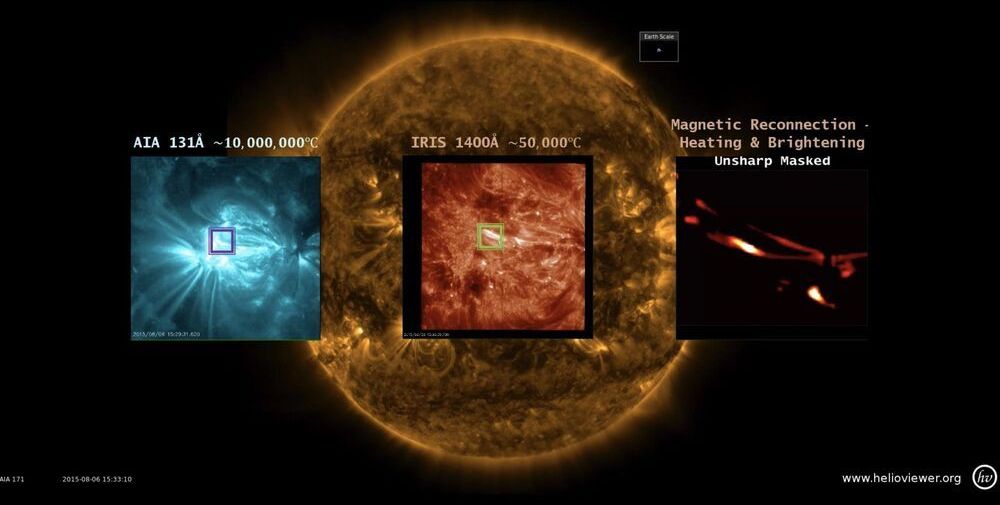
Researchers at the Francis Crick Institute and University College London have rebuilt a human thymus, an essential organ in the immune system, using human stem cells and a bioengineered scaffold. Their work is an important step towards being able to build artificial thymi which could be used as transplants.
The thymus is an organ in the chest where T lymphocytes, which play a vital role in the immune system, mature. If the thymus does not work properly or does not form during foetal development in the womb, this can lead to diseases such as severe immunodeficiency, where the body cannot fight infectious diseases or cancerous cells, or autoimmunity, where the immune system mistakenly attacks the patient’s own healthy tissue.
In their proof-of-concept study, published in Nature Communications today, the scientists rebuilt thymi using stem cells taken from patients who had to have the organ removed during surgery. When transplanted into mice, the bioengineered thymi were able to support the development of mature and functional human T lymphocytes.


















